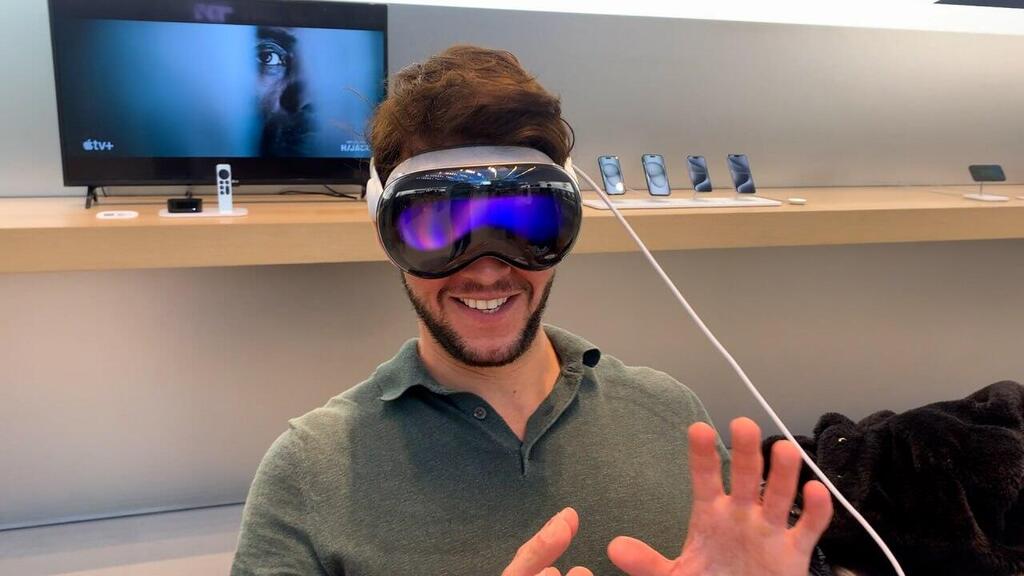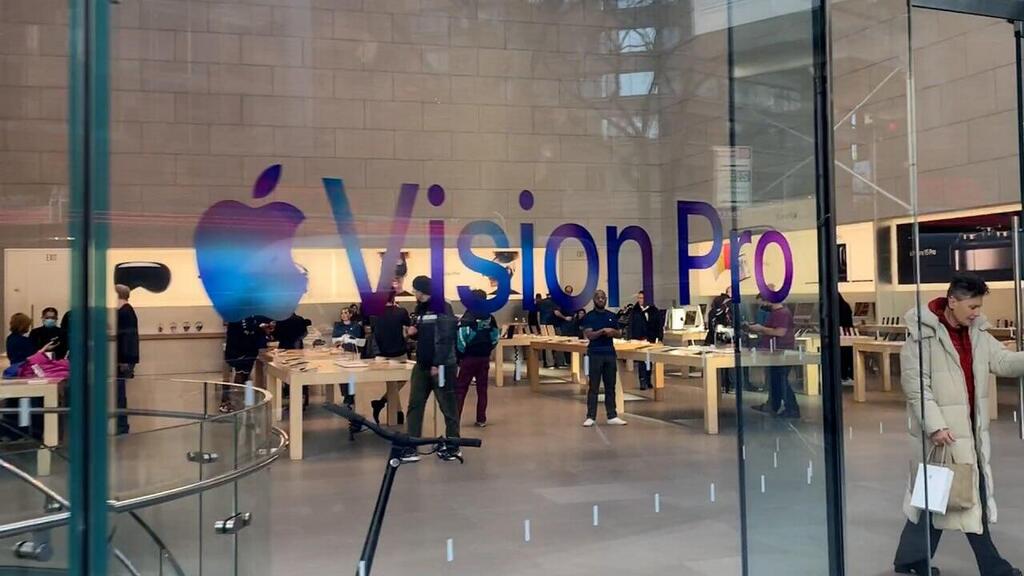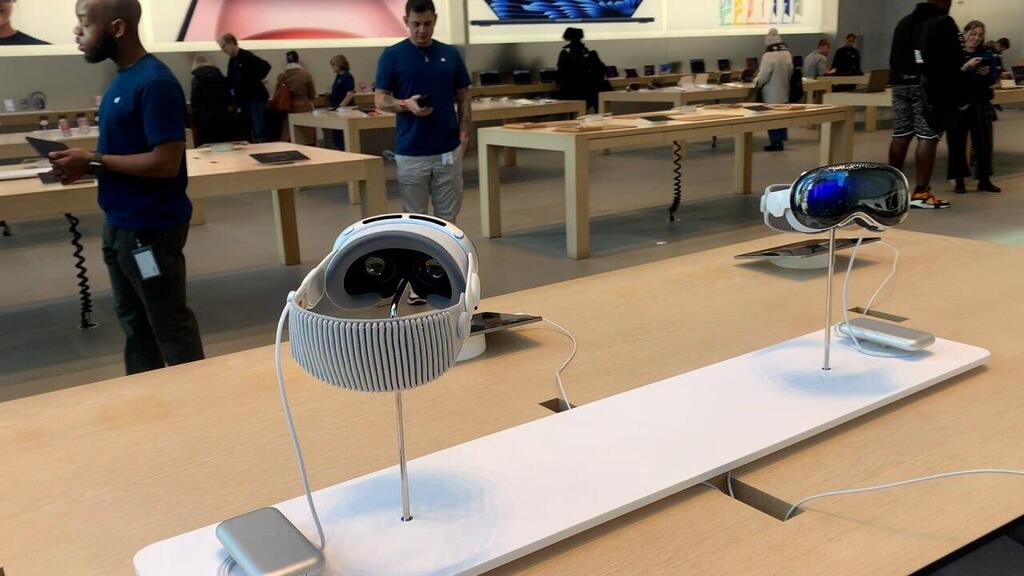Getting your Trinity Audio player ready...
Apple has always excelled at convincing the convinced. The internet remembers everything, but let me take an educated guess that this time it won't work, not in the next decade at least. To its credit, Apple is aware of it. Revolutions don't happen overnight, and certainly not in winter. The company describes the somewhat tepid debut of its Vision Pro headset as "the beginning of the age of spatial computing."
Read more:
The excitement and long queues that marked the iPhone's launch in 2007 are absent now, but Apple is optimistic about the future. The company aims to elevate virtual reality (VR) from a niche gaming product to a mainstream phenomenon, making it a staple in consumer technology and, by extension, our wallets.
The typical hype surrounding the tech giant's launches is expected to tick like clockwork once again. For context, a month prior to the headset's launch, my editor pulled me out of a White House briefing and ordered me to urgently arrange a demo session for the Vision Pro. President Biden could wait. Even media personality Judy Mozes accepted my invitation on short notice, eagerly hopping into a taxi to join me and witness a miracle.
The so-called miracle? It overheats like a Motorola device from the 90s, feels cumbersome and gives the impression of having an iPad screen pressed too closely to your face. Above all, it's expensive, retailing at $3,499 before taxes. And for what? There's nothing here that wasn't already known from previous devices by Meta and HTC. Essentially, it's just screens upon screens. However, instead of viewing applications on an iPhone screen, they now appear at Judy's feet standing in front of me.
The Vision Pro offers several advantages, making it an ideal multitasking productivity tool, particularly for the ADHD generation. It enables users to interact with most of their favorite apps in a virtual space, allowing them to open a grocery list with just a glance and a light finger press while shopping.
Additionally, it features an "immersive mode" function that lives up to its name by enabling users to fully immerse themselves in the virtual world, effectively blocking out external disturbances and noise.
The standout feature is undoubtedly the experience of watching 3D videos, especially those shot with iPhones. The "wow factor" is undeniable when Alicia Keys, in a seemingly simple video accessible on YouTube, comes to life right before your eyes, delivering a performance as if in a private concert. For a moment, it felt as if I could feel her breath.
Then, I was thrown into a soccer field, viewing the game from a vantage point typically reserved for oligarchs. The visuals from trips to Finland or Oregon were immersive, drawing me right in. It's truly remarkable and easy to envision how this technology could revolutionize the entertainment, television and film industries.
However, this isn't entirely new; we heard similar promises in 2019 when Meta launched its own VR headset, which was also impressive at the time.
Apple, echoing earlier promises, assures that Vision Pro owners will be able to engage in a variety of activities, from exercising and interacting with friends' avatars to learning cooking, foreign languages, playing the piano and even simulating surgery in an emergency room, among others.
However, this overlooks the reality of wearing bulky, 20+ ounce swimming goggles that gradually heat up, feeling like they're cooking your head, and audaciously requiring a recharge within just two hours.
Perhaps this explains the apathy of visitors at the Apple store on the Upper West Side toward the device before them. The kind store clerk presenting us the demo appears resigned from the get-go, sticking to her script. In a monotone voice, she recites the pre-prepared remarks verbatim: "It's amazing," "so beautiful," "you've never seen anything like this," yet her delivery is utterly devoid of emotion.
When we attempt to engage her with off-script questions, she directs us to a supervisor, who then points us to the PR department, which in turn points us to an email inbox that seemingly has never been opened.
The demo also included obvious gimmicks. For example, I was instructed to scan my face with a special app, allegedly to customize the headset to my exact measurements. However, when the headset arrived on a figurative silver platter, it turned out that the strap was manually adjusted by an employee in the dimly lit back of the store, and the headset was available in three standard sizes: small, medium and large. When I inquired what all these measurements were for in the first place; I received no clear explanation.
The first device I tried, by the way, was faulty. The staff replaced it fairly quickly, but even with the second device, I began noticing pixelation and blurring after a while.
By that point, I already felt the familiar itch, a strong urge to grab my old iPhone and catch up on notifications I'd missed in the last 10 minutes. There's no doubt that the Vision Pro and similar devices represent the future everyone is talking about. However, they are not quite ready to define our present.
First published: 22:27, 02.26.24




